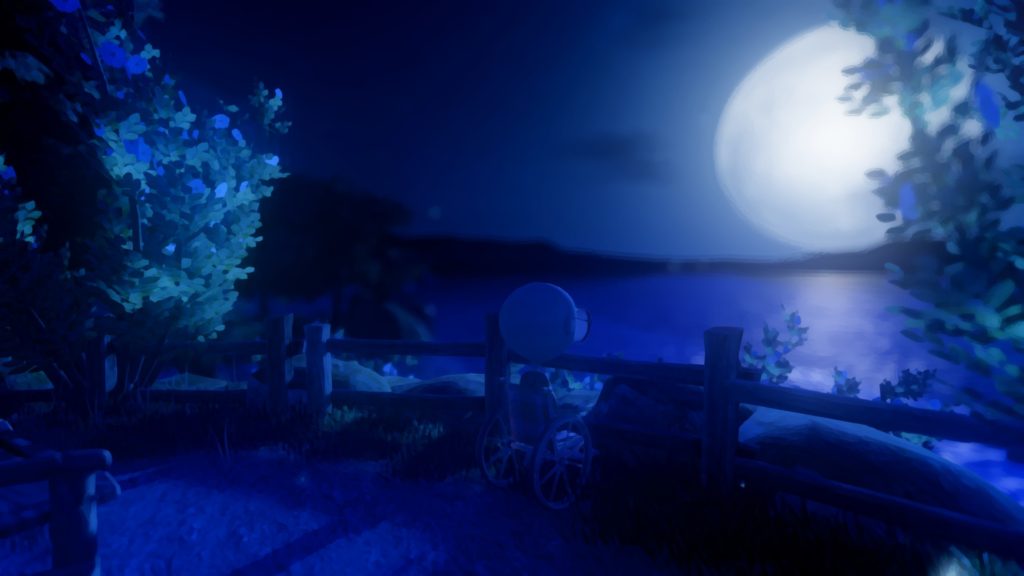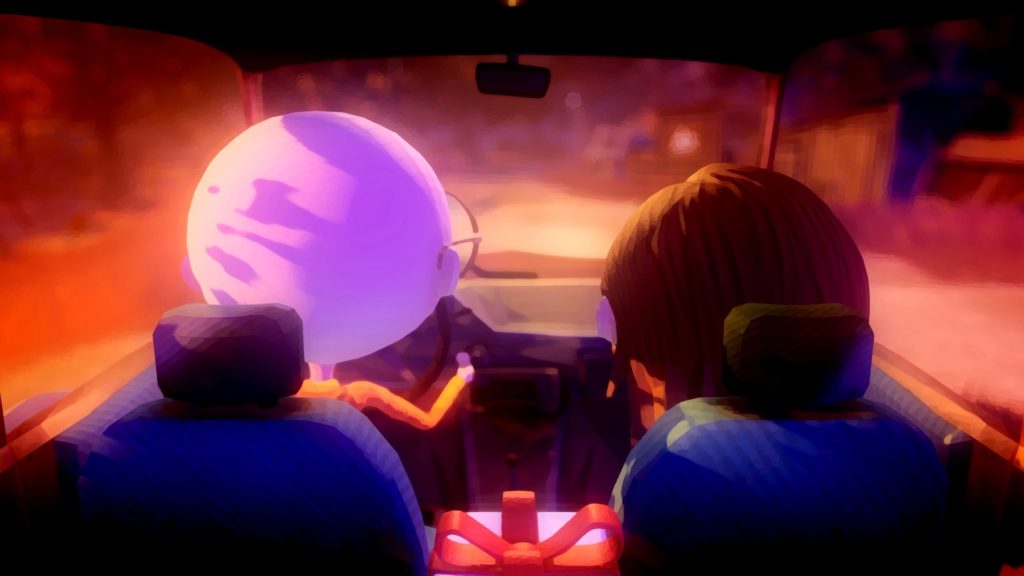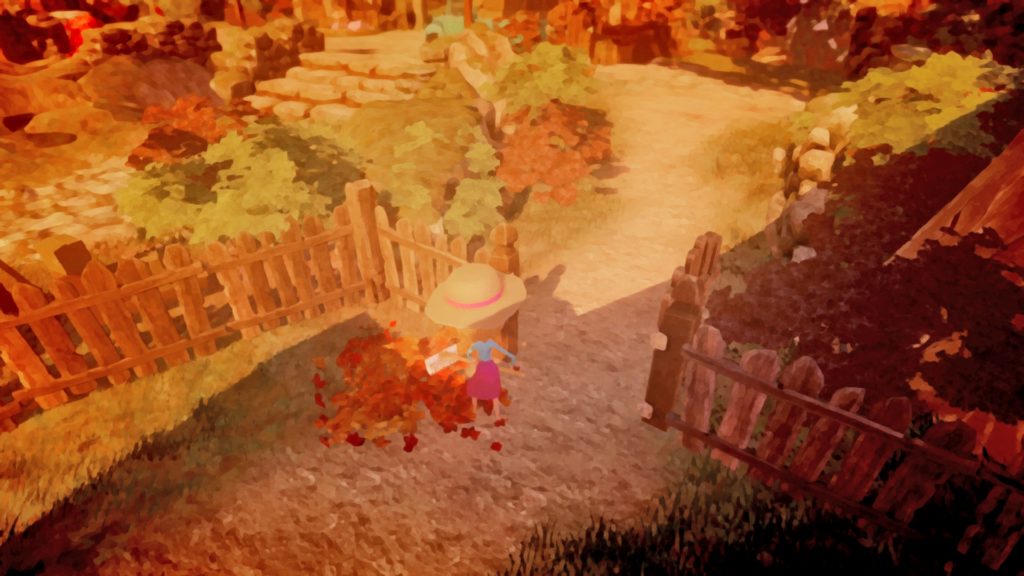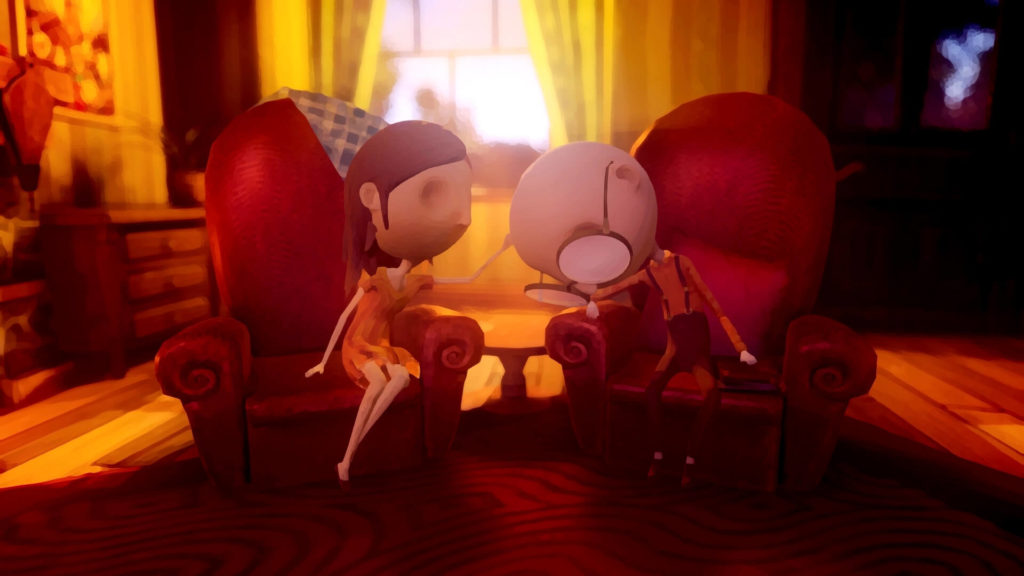How far are you willing to go to save someone you love? How much are you willing to sacrifice if it means you can bring them back from the dead? These are questions that The Last Day of June begs you to answer. Inspired by Steven Wilson’s Drive Home, it is a melancholic tale of love and woe, a game that will definitely leave a lasting impression on anyone who plays it.
Carl and June are a couple madly in love. For someone who isn’t an active part of their little world, it may come off as a bit nauseating, but for them, it’s what happiness is all about. One fine day, the two decide to take a trip to the lake. Little do they know, a storm is brewing in the distance. Their trip is cut short when rain begins to pour, and they’re forced to drive back, drive home. Anyone who’s familiar with the song can guess what happens next. Needless to say, the title of the game doesn’t refer to the month in any way. Carl wakes up like as if from a nightmare, and breaks down once the reality hits him. As he begins to roam around the house in his wheelchair, he finds out that through June’s paintings, he’s able to manipulate events of their last day together. Thus, begins The Last Day of June.
As it’s core, The Last Day of June is a narrative puzzle game where you play primarily as Carl, trying to change the past in order to to create a more favourable future. You can take control of different characters and change specific actions that line up the events leading up to June’s demise. However, it’s not as easy as it sounds, as time isn’t exactly a linear concept, and any change you make in the past can affect the future in multiple ways. I can’t really talk more about the story without giving major spoilers, so let’s shift our focus.
What stands out the most about the game is its aesthetics. The world and characters are vibrant, beautifully textured in brush strokes, giving them a hand-crafted look. The environment is nothing short of an incredible painting. Agreed, at first, the characters might look a little creepy as they seem like carved dolls with shallow craters for eyes, but once you see them in action, it’s hard not to adore them.
Then, there’s the music and sound design. One reason why I was personally excited about the game was because it featured Steven Wilson’s music. I mean, how can one not be hyped about that? It creates an atmosphere of melancholy, which heavily contrasts the game’s bright and vivid visuals and yet perfectly fits in with the grim story. But what makes it really amazing is that the game doesn’t have a proper, comprehensible dialogue. The characters do make sounds and utter words of some kind, but most of the conversation comes in the form of gestures. These are what lend personality to the people of Carl and June’s little hamlet and tell you everything you need to know about them. The animation, visuals and the writing are spectacular.
The Last Day of June is marvellous as a narrative, but it’s still a game, and this is where both its strengths and issues come into play. The game does an amazing job of weaving puzzles around the story. It plays out in segments, in each of which you take control of one character and change their actions in order to prevent June from dying. In each segment, you’re given enough information to know what’s happening, and then left to explore, figuring your way out. The puzzles are not really difficult, but you also can’t expect solutions to be dropped or given out openly. It’s a nice balance, and creates an immersive experience.
However, like I said, gameplay is also one area where the game isn’t short of problems. Changing any characters actions has one of multiple effects, which means there’s some degree of trial and error, which in turn means you need to constantly go back and forth between characters in order to get a favourable outcome. And this leads to the game’s biggest problem: repetition. Don’t get me wrong, it teaches you that messing up with time has consequences, but every time you go to a character, you have to repeat a certain part of the segment, and sit through cutscenes. This wouldn’t be a problem, if the cutscenes could be skipped. Instead, you can find yourself watching the same character perform the same actions multiple times, even though it creates an outcome you’ve already seen before.
One good thing, that I can think about the repetition, is that it reiterates the game’s core teaching. One can also argue that it makes the last segments and the ending of the game a lot more satisfying. And trust me, by the end, the game had me in tears. There are only a handful of games that have had such a deep emotional impact, and this is certainly on the top of the list.
How far are you willing to go to save someone you love?
I finished the game in less than three hours, but this question is still stuck in my head. The Last Day of June is a perfect example of how video games are an art. Even though the gameplay isn’t the best, it’s still worth every minute you spend on it. Why? Because it’s a story that will make you go and hug your loved ones. It’s a game that teaches you, some things can’t be changed. But more than anything, it’s an experience that will remain with you for a long, long time.
Register with us for the best in gaming, and join us for video game discussions on our forums.







